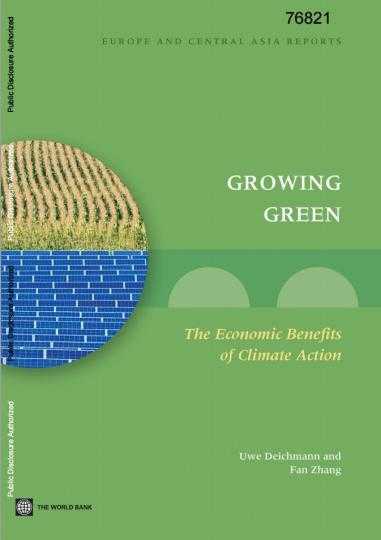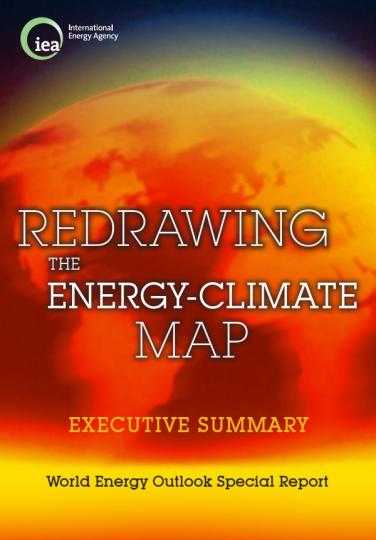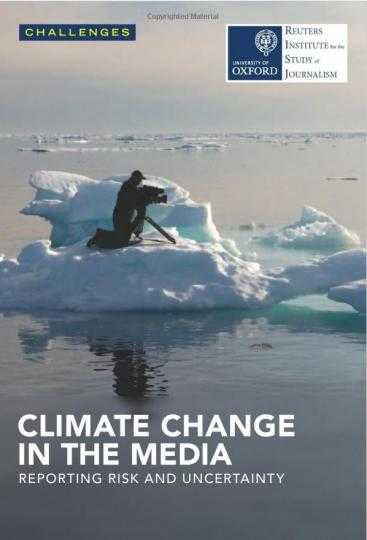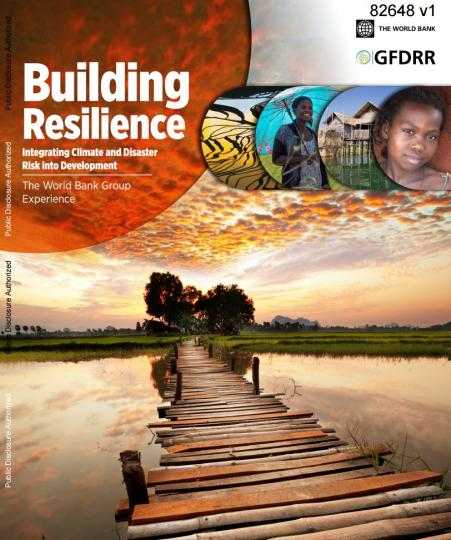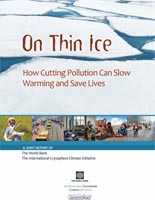In the first post-transition decade after the fall of communism, Europe and Central Asia (ECA) moved its economy from plan to market. In the second decade, the 2000s, it moved from social division to inclusion. The region has an opportunity to use the third decade, the 2010s, to move from brown to green growth making production and consumption more sustainable, increasing quality of life, and reducing impacts on the climate.
Governments have decided collectively that the world needs to limit the average global temperature increase to no more than 2 °C and international negotiations are engaged to that end. Yet any resulting agreement will not emerge before 2015 and new legal obligations will not begin before 2020. Meanwhile, despite many countries taking new actions, the world is drifting further and further from the track it needs to follow. The energy sector is the single largest source of climate-changing greenhouse-gas emissions and limiting these is an essential focus of action.
This report describes organized attacks on climate science, scientists and scientific institutions like the UN Intergovernmental Panel on Climate Change (the IPCC), that have gone on for more than 20 years. It sets out some of the key moments in this campaign of climate denial started by the fossil fuel industry, and traces them to their sources. The tobacco industry’s misinformation and PR campaign in the US against regulation reached a peak just as laws controlling tobacco were about to be introduced.
Scientists and politicians are increasingly using the language of risk to describe the climate change challenge. Some researchers say stressing the ‘risks’ from climate change rather than the ‘uncertainties’ can create a more helpful context for policy makers and a stronger response from the public. But understanding the concepts of risk and uncertainty – and how to communicate them – is a hotly debated issue. In this book, James Painter analyses how the international media present these and other narratives around climate change.
This report presents the World Bank Group's experience in climate and disaster resilient development and contends that it is essential to eliminate extreme poverty and achieve shared prosperity by 2030. The report argues for closer collaboration between the climate resilience and disaster risk management communities through the incorporation of climate and disaster resilience into broader development processes.
This book responds to a very real need in African journalists’ reporting of the complex phenomenon of climate change. Climate change poses a clear danger to lives and livelihoods across Africa. Journalists there have critical roles to play in explaining the cause and effects of climate change, in describing what countries and communities can do to adapt to the impacts ahead, and in reporting on what governments and companies do, or do not do, to respond to these threats.
Climate change is happening faster and in a dramatically more visible way in the Earth's cryosphere than anywhere else on earth. Cryosphere is defined as elements of the Earth system containing water in its frozen state. The average temperature has risen here at over twice the global mean in the Arctic, Antarctic Peninsula, and much of the Himalayas and other mountain regions. This report summarizes the changes already being observed in the following five major cryosphere regions: the Andes, Antarctica, Arctic, East African Highlands, and the Himalayas.

The Amazon Rainforest has been recognized as a key ecosystem for the regulation of the planet as a system, and we have come to identify its vulnerability, and resilience. In times when humanity is in search for convincing strategies to tackle climate change and to maintain the conditions of the planet that enable our diverse ways of living, this region of the planet becomes key for the threats the planet is facing as a whole. The Amazon, because of its exuberance, its diversity, its vulnerability and its life-renewing cycles, is a perfect scenario for the understanding of our planet’s thresholds, tipping points, resilience, generosity and thriving for life, and the role of the human species in its maintenance. In that sense, the connectivity of the Amazon with its neighboring ecosystems and regions is what will guarantee the continuance of the functioning and offering of the environmental services they provide.
The creation of this ecological-cultural corridor is then an opportunity to do so. In a few words, if we lose the Amazon, we lose the fight against global Climate Change.
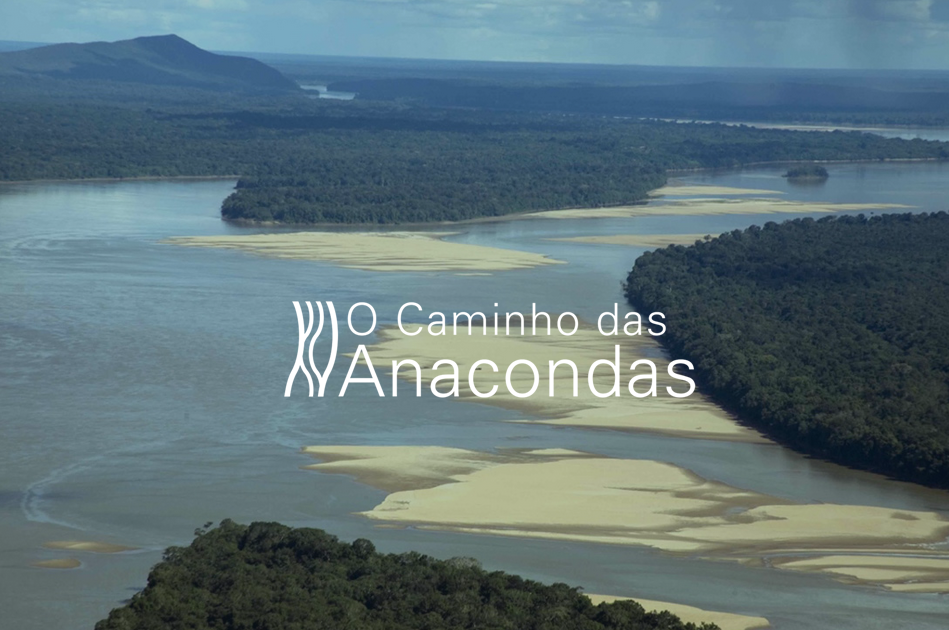
The Path of the Anacondas Initiative aims to re-establish ecosystem connectivity, to guarantee environmental services of the Amazon basin and seek innovative solutions to Climate Change, creating the world’s largest eco-cultural corridor: Andes-Amazon-Atlantic. This connectivity is fundamental for climate stability, the water cycle, biodiversity, planetary resilience, and human wellbeing. The initiative promotes the articulation between indigenous people, local populations, productive sectors, organizations and governments, enabling a re-thinking of our participation in the natural system that sustains us. The corridor aims to energize an integral vision, articulating all political, social, economic and cultural dimensions, in a participatory and inclusive way.
The region comprises a central column of some 135 million hectares, of which 80% is Protected Areas and Indigenous Territories. This mosaic of Protected Areas and Indigenous Territories covers 134 million hectares, and forms the core potential area for inclusion in the Andes-Amazonia-Atlantic Corridor. Beyond the existing mosaic of Protected Areas and Indigenous Territories, the three countries have suggested policies for conservation and sustainable management for the region of the North of the Amazon River. For instance, Colombia is seeking to protect buffer zones around its Protected Areas using a flexible figure of special management corridors. In Brazil the north of the Amazon River is seen as an area of conservation and sustainable development. In Venezuela, 75% of the state of Amazonas has been declared as protected areas, and 85% of the population is indigenous.
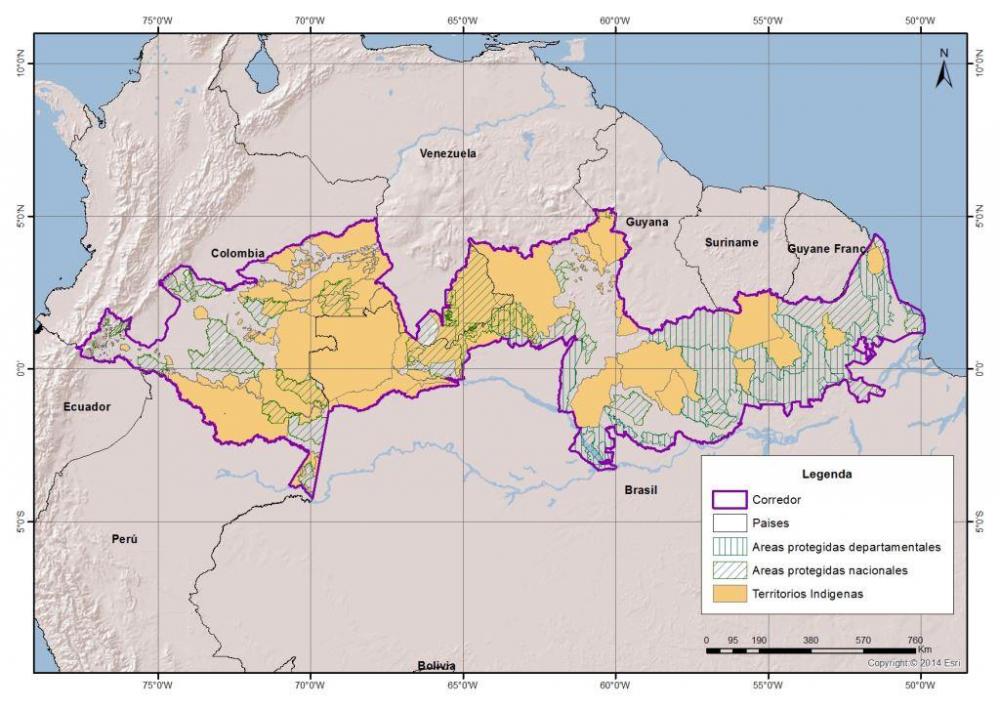
Nevertheless, if it is considered more attractive as a laboratory for new and innovative environmental, social, and economical proposals, many adjacent territories could be included. In this way, the corridor could include the entire region located north of the Amazon River, approximately 200 million hectares. It could also include other countries such as Guyana, Surinam, French Guyana and Peru, which have informally expressed their interest in participating.
The countries within the region share national and international legal frameworks and commitments for conservation, sustainable development and human rights. Such are the shared ratification of international conventions relating to the environment and indigenous communities, such as the Convention on Biological Diversity, the ILO Convention 169, and the Río Agreements, among others. These countries have also signed a series of multinational and bi-national cooperation agreements for the environmental, social and economic management of the Amazon basin, many of them within the framework of the OTCA (Amazon Cooperation Treaty Organization). There exists multiple social and environmental initiatives promoted by governments, civil society and international cooperation. Faced by the need to take action on climate change, the Colombian government has committed to implement the initiative in its territory, and is calling on other countries in the region to do the same. Further, there is a growing critical mass of civil society in favor.
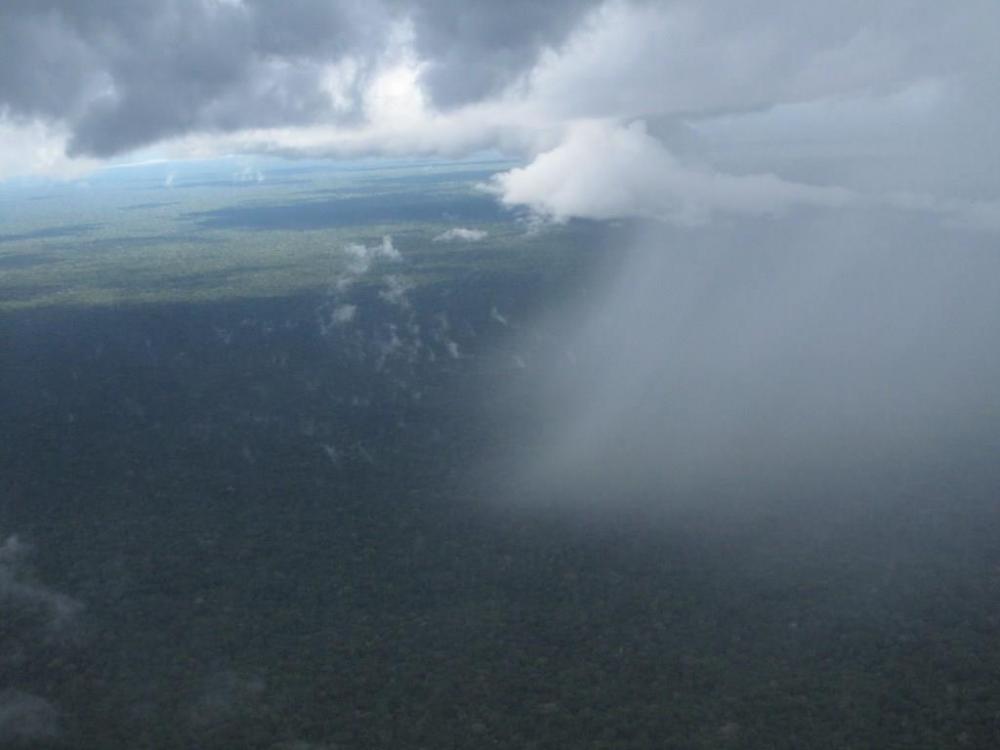
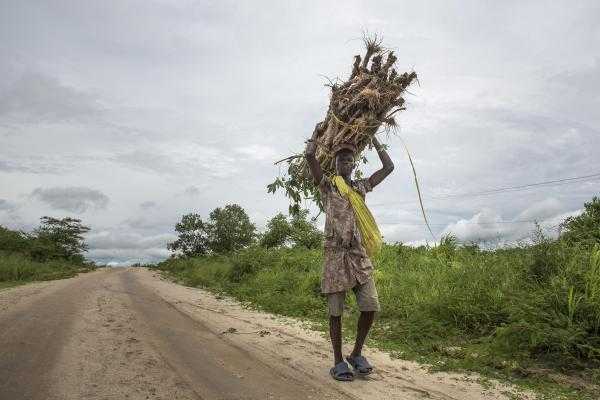
As one of the most climate vulnerable countries in the world, Mozambique’s presence at COP21 is a critical moment to increase financial, technological and capacity support from the international community, and, therefore, reduce its high risk to the impacts of climate change.
Over 70% of Mozambique’s population live in rural areas and are heavily dependent on forests and natural resources for their livelihoods - forests, woodlands and other vegetation cover approximately 70% of Mozambique’s total country surface. Given this greater dependence, climate change further exacerbates the vulnerability of Mozambican population and strongly impacts Mozambique’s human development.
Every year Mozambique experiences the devastating consequences of climate change. Its geographical location exposes Mozambique to extreme and recurrent floods with deadly outcomes and displacing tens of thousands in the country, cyclones and droughts, causing high levels of poverty, loss of human lives, destruction of socioeconomic infrastructures and environmental degradation. Current analysis show that the economic cost of climate change to Mozambique has been estimated between US$2.3 billion and US$7.4 billion during the period 2003–2050.
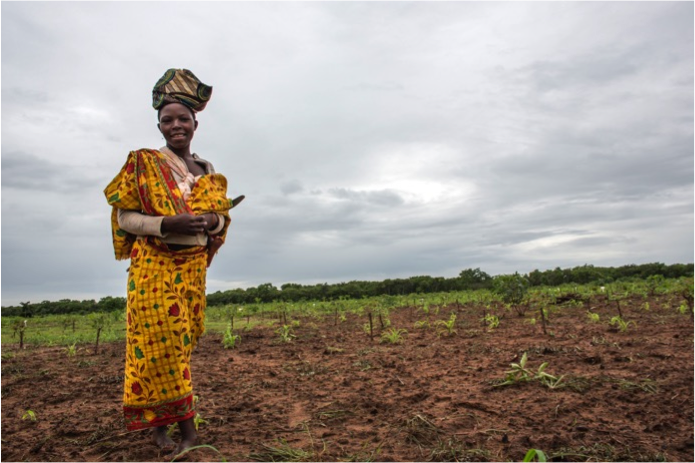
Photo credit: Andrea Borgarello, TerraAfrica
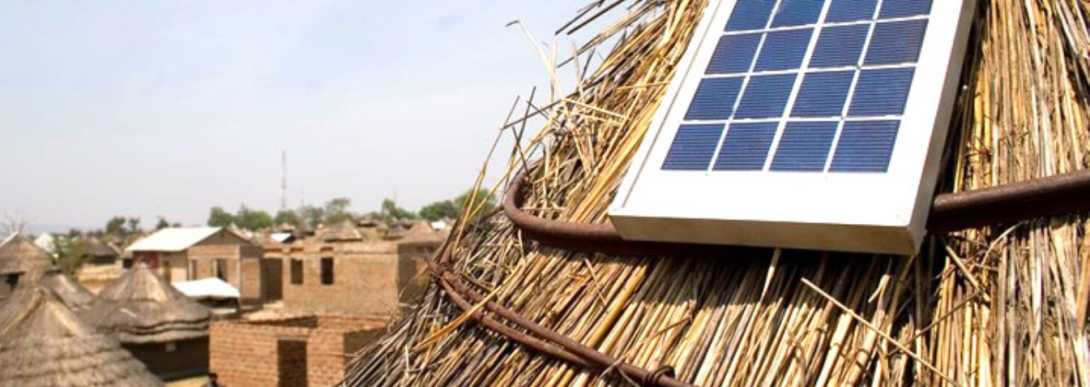
Sixteen game-changing initiatives from around the world were announced today as winners of a prestigious United Nations climate change award.
Winning activities include a seriously cool smartphone that puts social values first and an initiative that is enabling 40 Latin American cities to take concrete climate action.
Others include a women-led initiative in Benin that uses solar energy to empower women farmers and an internal carbon fee that holds the business units of one of the world’s most famous software and ICT companies financially responsible for reducing their carbon emissions.
The Momentum for Change initiative is spearheaded by the UN Climate Change secretariat to shine a light on some of the most innovative, scalable and replicable examples of what people are doing to address climate change. Today’s announcement is part of wider efforts to mobilize action and ambition as national governments work toward adopting a new universal climate agreement in Paris.
[video:https://vimeo.com/78705262]
“With less than 35 days to go until the climate change conference in Paris, the Momentum for Change Lighthouse Activities are further compelling proof that climate action is building worldwide and in countries, communities, companies and cities everywhere,”UNFCCC Executive Secretary Christiana Figueres said. “By showcasing these remarkable solutions and the people behind them we can strengthen efforts toward that new agreement, accelerate the global transition to a low-carbon, highly resilient development path and mark a turning point in the sustainable management of planet Earth for the seven billion alive today and the ten billion by 2050.”
Each of the 16 winning activities touches on one of Momentum for Change’s four focus areas: Urban Poor, Women for Results, Financing for Climate Friendly Investment and ICT Solutions. All 16 will be showcased at a series of special events during the UN Climate Change Conference in Paris, France (30 November to 11 December).
